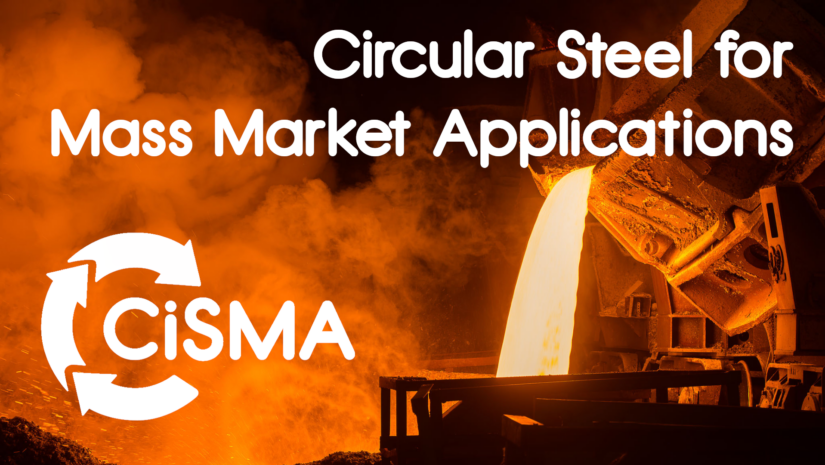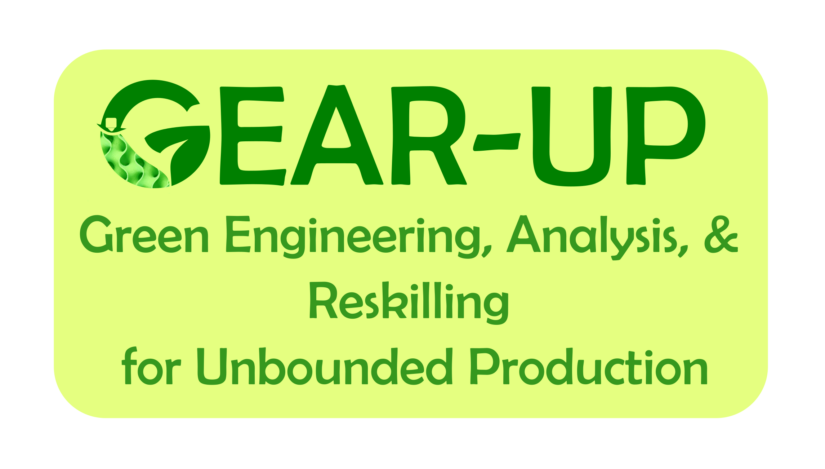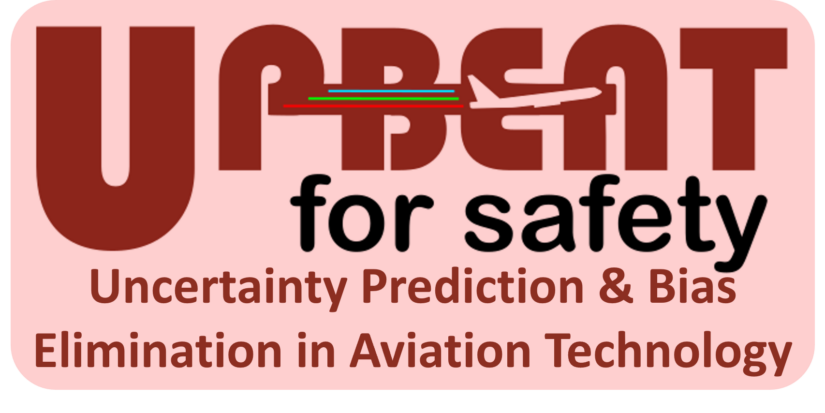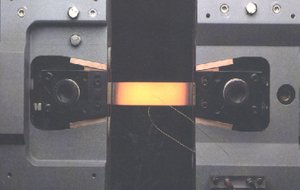Shaping the Future of Sustainable Manufacturing
Aerobase Innovations AB is advancing sustainable automotive manufacturing through the CiSMA project, developing innovative material models to predict the effects of trace elements in recycled steel. This work enhances safety and performance in recycled steel components, particularly focusing on crash scenarios and welding processes.…









